Long before convenience foods, supermarkets, or celebrity chefs, humans were already perfecting the art of nourishment. Across ancient temples, desert caravans, and early hearth fires, a handful of ingredients emerged not just to sustain—but to satisfy. Passed down through oral tradition, scrawled on papyrus, and even preserved in clay jars, these enduring edibles have proven they’re more than just relics of the past. They’re living links to our shared culinary story.
Imagine biting into a piece of flatbread remarkably similar to what was baked 14,000 years ago in prehistoric Jordan. Or sipping a mug of honey-sweetened mead—the same kind likely enjoyed by Viking raiders or Chinese artisans centuries before Christ. These aren’t just foods; they’re edible time machines. Each item on this list has been cherished for millennia, not only because it was available, but because it was delicious, functional, or even sacred.
Many of these ancient staples—like rice, barley, and lentils—still anchor global diets. Others, like kumis or kykeon, whisper of forgotten rituals and regional resilience. Their longevity isn’t luck. It’s the result of flavor, adaptability, and deep cultural reverence. Through wars, migrations, and revolutions, these foods have remained part of the human experience.
Today’s trend-chasing food world might be all about the “next big thing,” but sometimes, the greatest culinary marvels are the ones that never left. In this curated list, we explore 25 remarkable food and drink items that have survived—and thrived—for thousands of years. Whether they started in a Pharaoh’s banquet hall or a tribal fire pit, they’ve stood the ultimate test: time. And they’re still here, ready to be appreciated all over again.
1. Bread
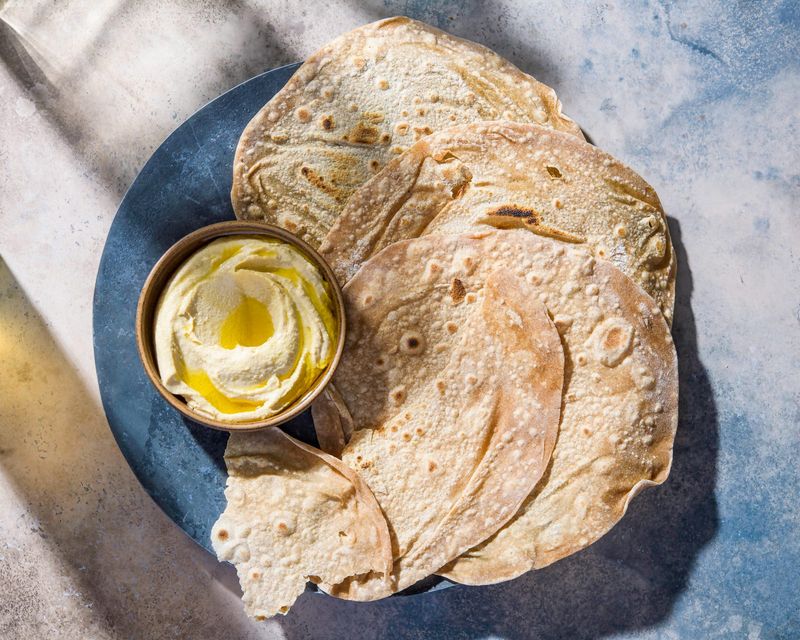
Bread, in its simplest form, has been a cornerstone of human diets for millennia. Charred remains of flatbread found in Jordan date back over 14,000 years, even before agriculture was fully developed. This discovery reveals the ingenuity of ancient peoples who combined wild cereals and water to create a nourishing staple.
The process of baking flatbread, though ancient, laid the foundation for bread varieties enjoyed today. Its adaptability and ease of preparation made it a daily necessity. Fast forward to modern kitchens, and you’ll still find flatbreads being cherished for their versatility and simplicity.
2. Cheese
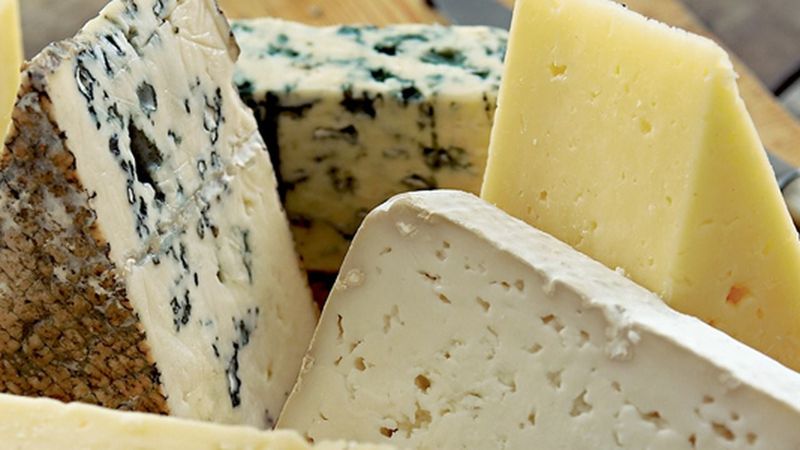
Imagine uncovering traces of cheese-making dating back to 5500 BCE in Poland. This discovery not only highlights early dairy practices but also underscores cheese’s role as a preservative and flavor enhancer. With pots found in China containing similar residues, cheese connects diverse cultures through its rich taste and versatility.
As a staple, cheese has evolved, yet it remains a beloved food around the world. Whether aged, fresh, or processed, cheese’s ancient roots continue to influence culinary traditions, providing a link to our shared agricultural past.
3. Honey

Nature’s sweet miracle, honey, was cherished as early as 10,000 BCE. Used by Egyptians for both culinary and ritualistic purposes, honey was not only a sweetener but a symbol of divinity and power. Its natural preservation qualities ensured it could be stored for long periods, making it a valuable commodity.
The methods of extracting and storing honey are as timeless as the substance itself, with modern beekeepers still employing techniques akin to those of ancient civilizations. Its golden hue and rich flavor have made honey an eternal staple.
4. Olives & Olive Oil

Olives and olive oil have been dietary staples since at least 3000 BCE in the Eastern Mediterranean. Revered for their health benefits and flavor, olives were harvested and pressed into oil using rudimentary stone tools. This process provided not just a culinary asset but also a product essential for lighting, medicine, and rituals.
The cultivation of olives reflects human ingenuity in agriculture and trade. Their enduring popularity in Mediterranean cuisine underscores a legacy of flavor and nutrition that has transcended millennia.
5. Lentils

Lentils, one of the earliest domesticated legumes, have been cultivated for over 10,000 years in the Fertile Crescent. Known for their nutritional value and adaptability, lentils were a staple in ancient diets, providing essential protein and nutrients.
Their cultivation marked a significant step in agricultural development, fostering settled communities and influencing cuisines across the globe. Today, lentils continue to be a dietary mainstay, embraced for their versatility and sustainability in modern cooking.
6. Figs
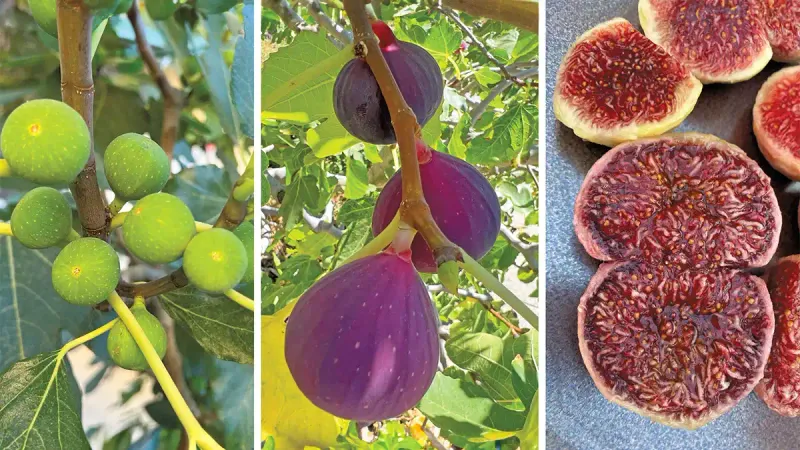
Often regarded as one of the first cultivated fruits, figs were integral to Mesopotamian and Egyptian diets. Their sweet taste and nutritional benefits made them a favored food for both the elite and common folk.
In ancient times, figs were often sun-dried to enhance their flavor and preserve them for longer storage, allowing them to be enjoyed year-round. This method of drying not only improved their sweetness but also their longevity, making figs a cherished staple throughout history.
7. Dates

Dates have been a crucial part of Middle Eastern diets for thousands of years. Consumed fresh, dried, or pressed into sweet syrups, dates were not only a source of energy but also a cultural symbol of hospitality and abundance.
The date palm’s resilience in harsh desert climates mirrors the adaptability of ancient civilizations that thrived in these regions. Today, dates remain a beloved ingredient in many cuisines, celebrated for their rich, caramel-like flavor and nutritional benefits.
8. Barley
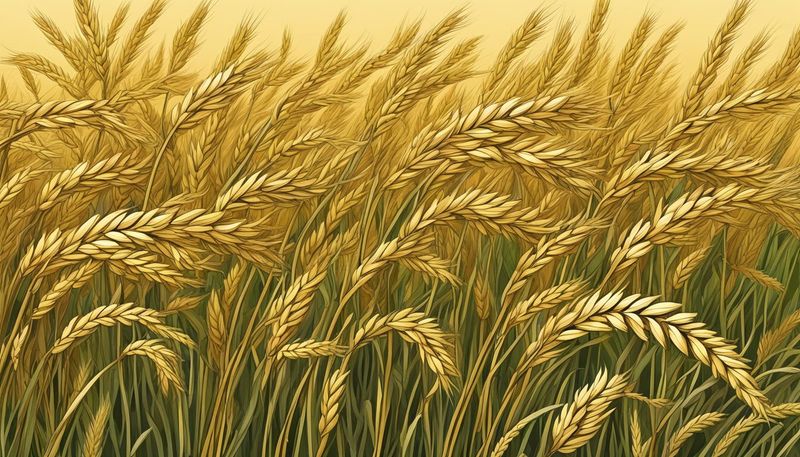
Barley, one of the earliest domesticated grains in Mesopotamia, played a vital role in ancient diets. Not only was it a staple for bread-making, but it also formed the base for early beer production, showcasing its versatility and significance.
As communities evolved, barley became a symbol of sustenance and social gatherings. Its cultivation spurred economic growth and trade, influencing dietary habits that persist today in the form of bread, beverages, and more.
9. Rice

Domesticated in China around 7000 BCE, rice became a cornerstone of Asian civilizations. Its cultivation transformed landscapes and societies, providing a reliable food source that supported population growth and cultural development.
The meticulous methods of planting, nurturing, and harvesting rice illustrate the dedication of early farmers. Today, rice remains a dietary staple worldwide, with diverse varieties and culinary applications that continue to evolve alongside global cuisines.
10. Popcorn
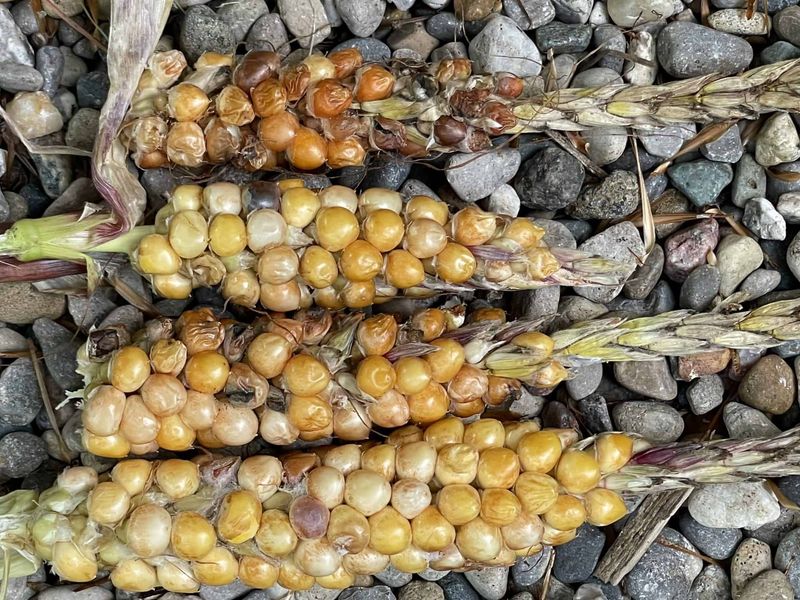
A beloved snack today, popcorn traces its origins back over 6,000 years to ancient Peru. Archaeological findings of early popcorn kernels highlight the ingenuity of ancient cultures in discovering maize’s potential.
The simple act of popping corn transformed a basic grain into a delightful treat, enjoyed across millennia. This playful transformation from kernel to fluffy snack continues to captivate, making popcorn a timeless favorite for all ages.
11. Jerky

Jerky, a method of drying meat to preserve it, was utilized by ancient Egyptians and native American tribes long before modern refrigeration. This technique involved salting and sun-drying meat to extend its shelf life, making it a reliable food source for travelers and warriors.
The preservation of meat through drying reflects human innovation in food storage, ensuring nourishment even during harsh conditions. Today, jerky remains a popular snack, with flavors and textures that have evolved significantly from its ancient origins.
12. Fesikh

Fesikh, a fermented fish delicacy from Egypt, boasts a culinary heritage dating back to pharaonic times. Traditionally prepared by curing fish with salt and sun exposure, fesikh’s unique flavor is celebrated during the Egyptian spring festival of Sham El-Nessim.
This delicacy, though an acquired taste, represents the rich culinary traditions passed down through generations. Its preparation and consumption are steeped in cultural significance, showcasing the enduring bond between Egyptian cuisine and its ancient past.
13. Sausage
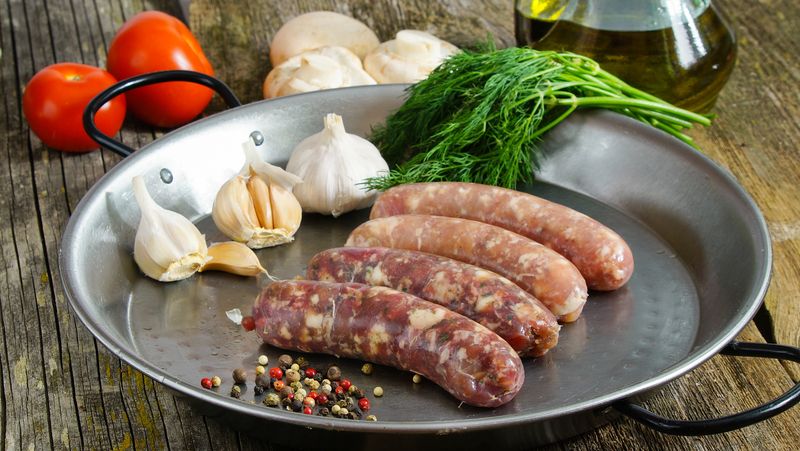
Originating in Mesopotamia around 1500 BCE, sausages were an ingenious way to preserve and enhance the flavor of meat. Combining spices and herbs with ground meat, sausages became a popular culinary invention, enjoyed by various cultures throughout history.
The art of sausage making reflects the creativity and resourcefulness of ancient cooks, ensuring that every part of the animal was utilized. Today, sausages remain a versatile and beloved food, with countless varieties echoing their ancient roots.
14. Couscous
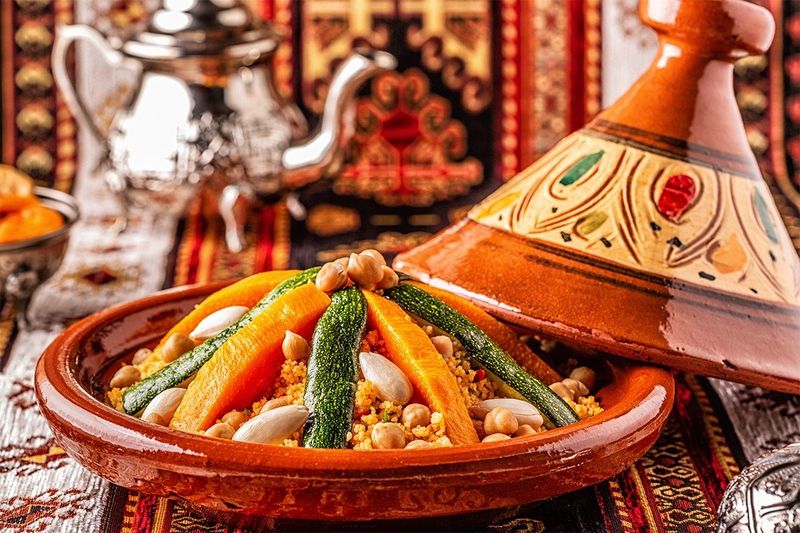
A staple in North African cuisine, Couscous, dates back to the 3rd century BCE. The process of rolling semolina into small granules and steaming them showcases the ingenuity of ancient cooks in creating a versatile and quick-cooking grain.
Couscous’s adaptability in absorbing flavors and its ease of preparation have secured its place in global kitchens. Its historical significance and continued popularity highlight the enduring appeal of this ancient grain.
15. Testaroli

Testaroli, an ancient Italian flatbread-pasta hybrid, is considered one of the earliest forms of pasta. This simple yet innovative dish involves cooking a batter of flour and water on a hot surface, then cutting it into pieces before boiling.
The creation of testaroli reflects the inventive spirit of ancient Italian cuisine, paving the way for the diverse pasta varieties enjoyed today. Its rustic charm and unique preparation continue to captivate food enthusiasts seeking a taste of history.
16. Beer
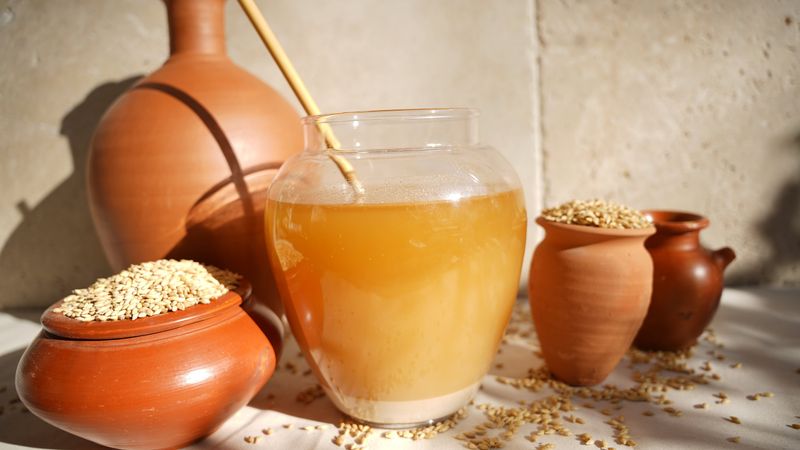
A staple in Sumerian and Egyptian cultures, beer was brewed over 5,000 years ago. Made from barley, this ancient beverage was a vital part of daily life and even included in worker rations for the pyramid builders.
The social and ceremonial aspects of beer consumption highlight its importance in fostering community and tradition. Modern brewing has its roots in these early practices, with today’s beers continuing to echo the flavors and techniques of ancient brewers.
17. Wine

Wine production in Georgia dates back to 6000 BCE, with evidence of fermentation in clay vessels. This discovery highlights the sophisticated techniques of ancient winemakers, who recognized the value of transforming grapes into a cherished beverage.
Wine played a significant role in religious and cultural ceremonies, cementing its place in history as a symbol of celebration and communion. The traditions of viticulture and winemaking continue to thrive, with modern vintners drawing inspiration from these ancient practices.
18. Mead

Mead, a fermented honey drink, may date back over 20,000 years, enjoyed by early civilizations in China and Europe. This ancient beverage reflects the ingenuity in harnessing nature’s sweetness to create a palatable and storied drink.
The combination of honey and water, fermented with natural yeasts, produced a drink that was both nourishing and intoxicating. Mead’s historical significance is celebrated today in artisanal meaderies that continue to explore its rich flavors and traditions.
19. Kanji
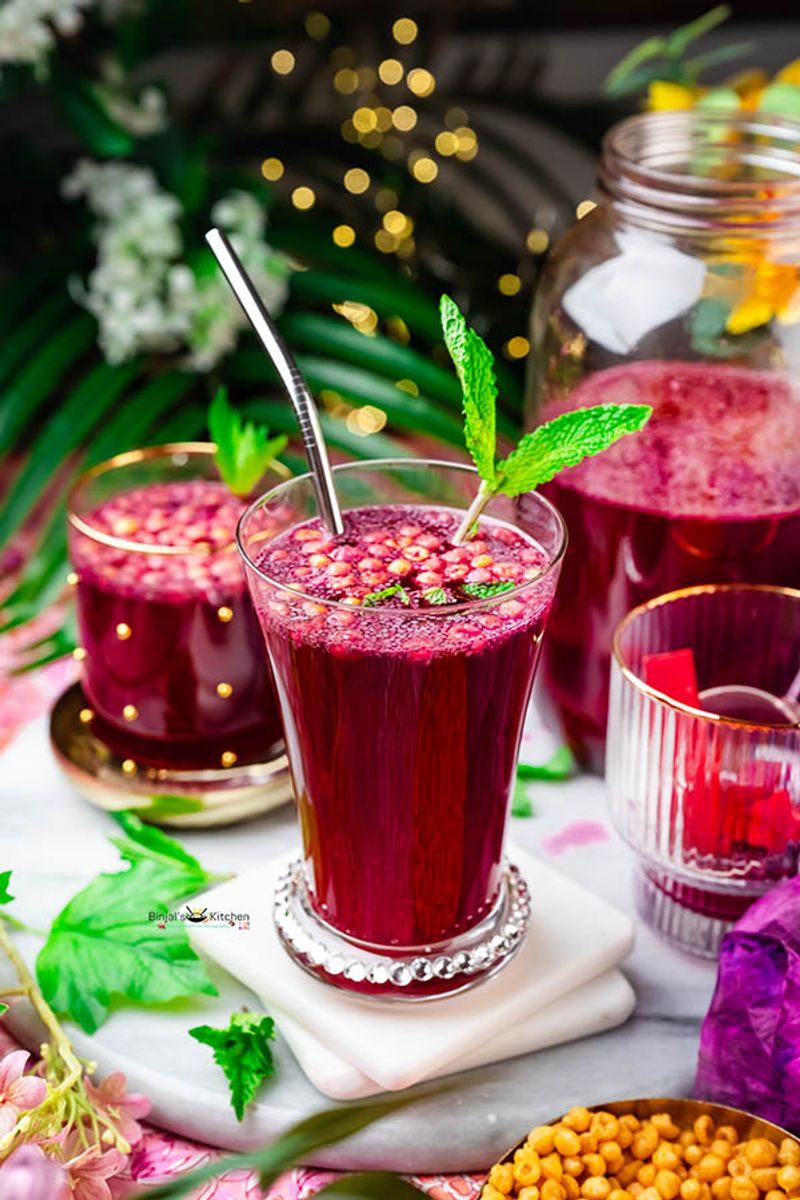
A probiotic drink from India, Kanji, has been savored since the Indus Valley Civilization. Made with black carrots and mustard seeds, this tangy beverage is cherished for its health benefits and invigorating taste.
The fermentation process not only preserves the carrots’ nutrients but also enhances their flavor, making kanji a revered drink during festivals. Its ancient roots and modern acclaim reflect the enduring appeal of probiotic-rich, fermented foods and beverages.
20. Jamu

Indonesia’s ancient health tonic, Jamu, combines turmeric, ginger, and other natural ingredients to create a potent drink consumed for centuries. Known for its healing properties, jamu is a testament to the deep-rooted knowledge of traditional herbal medicine.
The preparation of jamu involves grinding fresh ingredients and mixing them with water, creating a vibrant and restorative tonic. As interest in natural wellness continues to grow, jamu’s ancient wisdom is embraced by new generations seeking holistic health solutions.
21. Kumis

Kumis, a fermented mare’s milk drink, has been a staple in Central Asian cultures since the time of the Scythians and Mongols. Known for its slightly tangy taste and probiotic benefits, kumis reflects the resourcefulness of nomadic peoples in utilizing available resources.
The fermentation process involved in kumis production preserves the milk and enhances its nutritional profile, making it a reliable food source in harsh climates. Today, kumis continues to be enjoyed in traditional settings, preserving its cultural significance.
22. Soma

A sacred drink from Vedic India, Soma, was consumed during religious rituals and revered in ancient texts. Though its exact composition remains a mystery, soma was believed to have divine properties, linking devotees to spiritual realms.
The preparation and consumption of soma were integral to Vedic ceremonies, highlighting its importance in spiritual and cultural life. The legacy of soma continues to inspire modern explorations of ancient spiritual practices, with its mythical allure enduring through centuries.
23. Kykeon
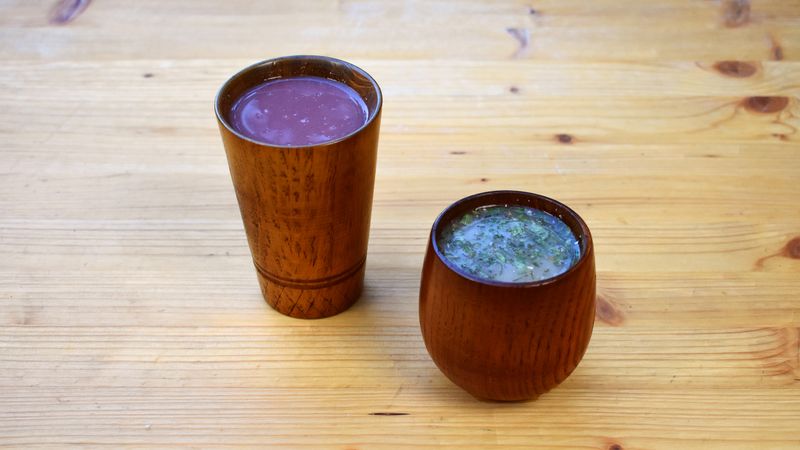
Kykeon, a barley and mint drink, was integral to the Greek Eleusinian Mysteries, a series of initiation ceremonies held in honor of the goddesses Demeter and Persephone. Consumed during these rituals, kykeon was believed to facilitate spiritual enlightenment and connection.
The preparation of kykeon reflects the innovative use of simple ingredients to create a drink of profound cultural significance. Today, it serves as a fascinating example of how culinary practices were deeply intertwined with ancient spirituality.
24. Mosto d’Uva
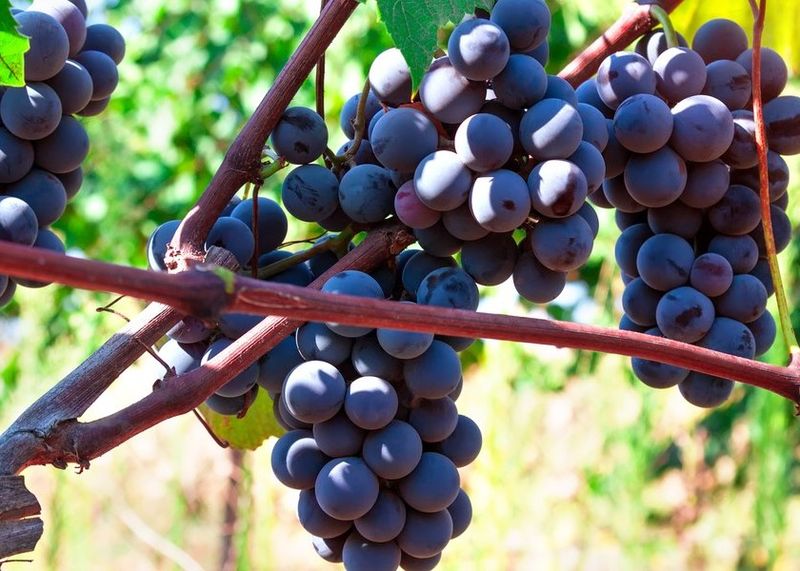
Mosto d’Uva, a sweet grape must syrup from ancient Rome, remains a cherished ingredient in Italian baking and sauces. The process of boiling down grape juice to create a thick, flavorful syrup showcases the Roman appreciation for sweet and aromatic enhancements in their cuisine.
This syrup was not only a culinary treat but also a symbol of abundance and hospitality. Its enduring presence in Italian cooking reflects a timeless tradition of incorporating the bounties of the vineyard into delicious meals.
25. Fonio Beer
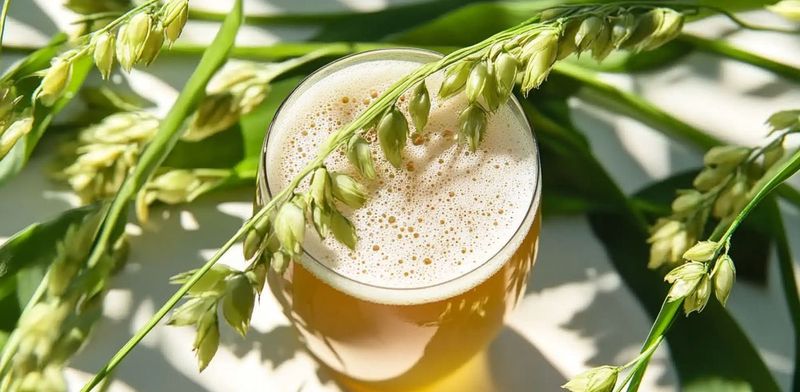
Brewed in West Africa for centuries, Fonio Beer reflects an ancient tradition of using the fonio grain, known for its sustainability and nutritional benefits. This beer, with its earthy flavor and cultural importance, is a testament to the resilience and ingenuity of West African brewers.
The brewing process highlights the communal aspect of beer-making, serving as a focal point for social gatherings and celebrations. Today, fonio beer continues to be enjoyed, celebrating its rich heritage and contribution to sustainable agricultural practices.
Leave a comment